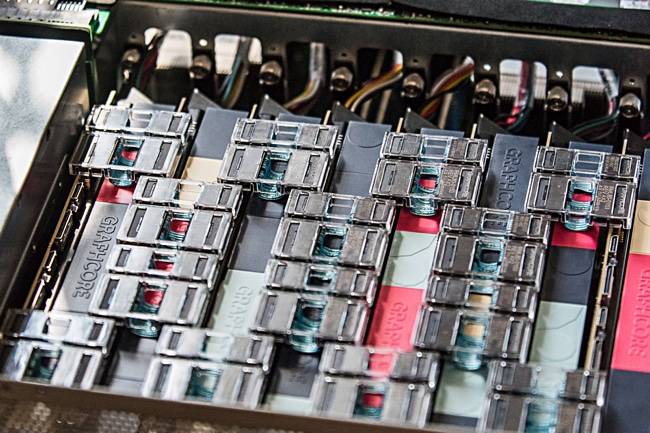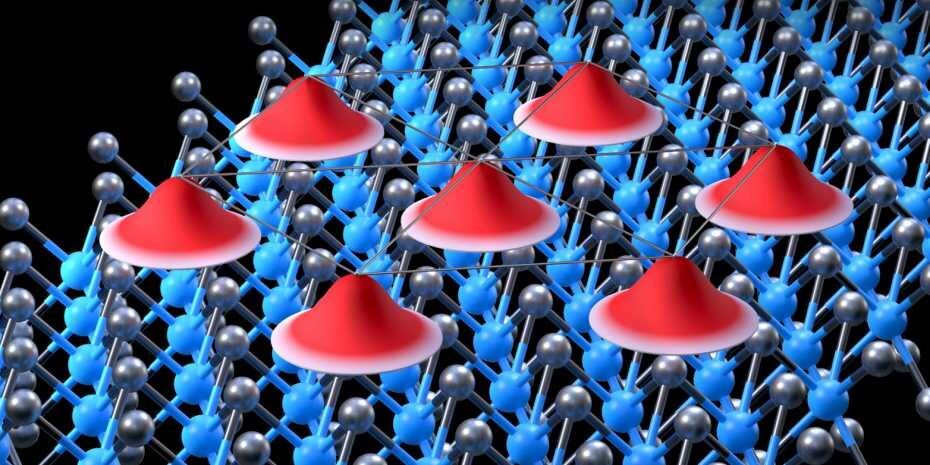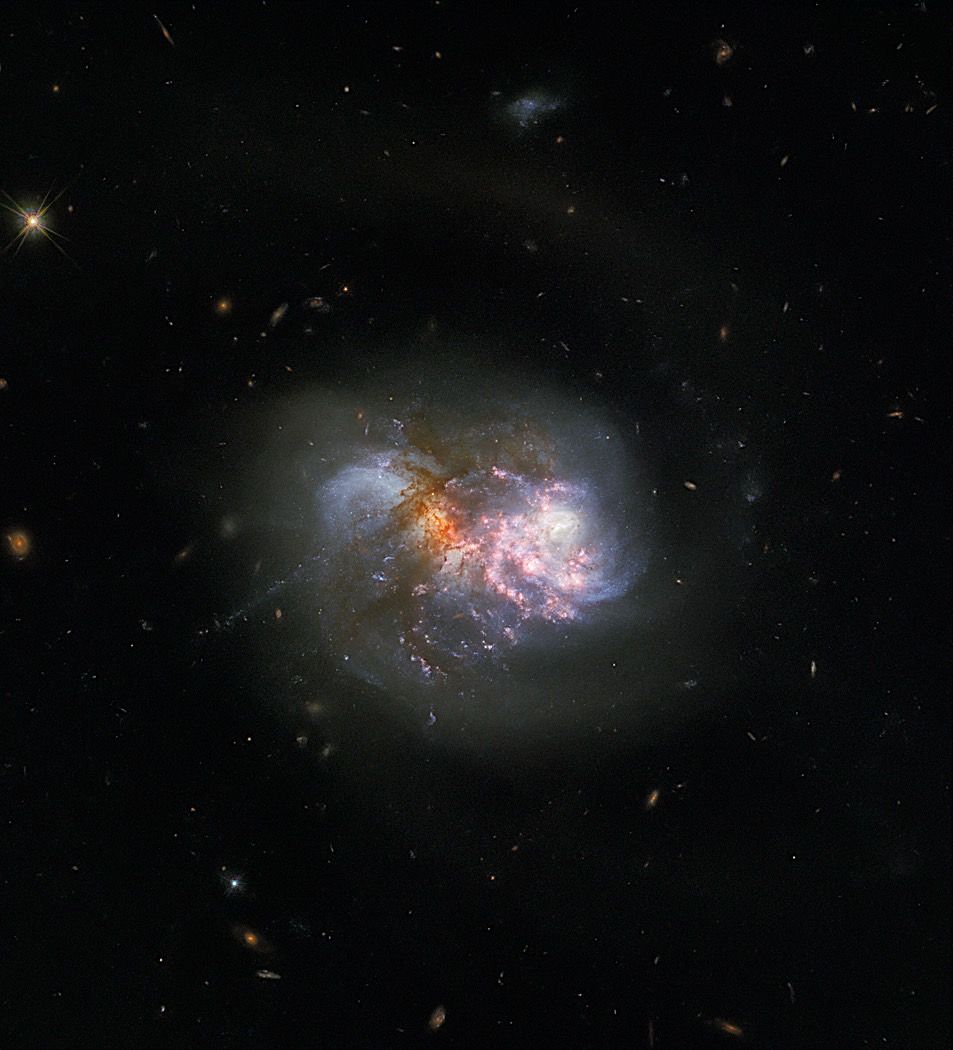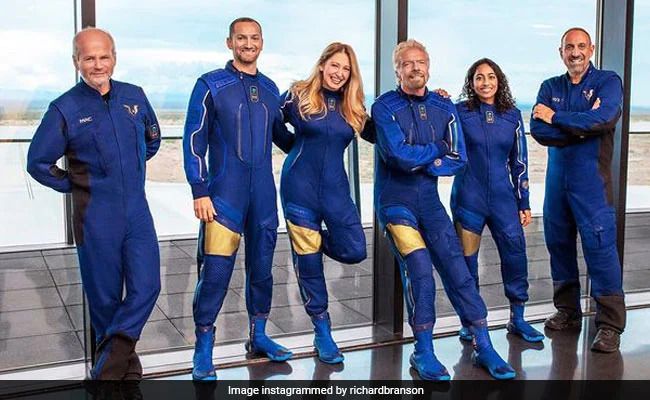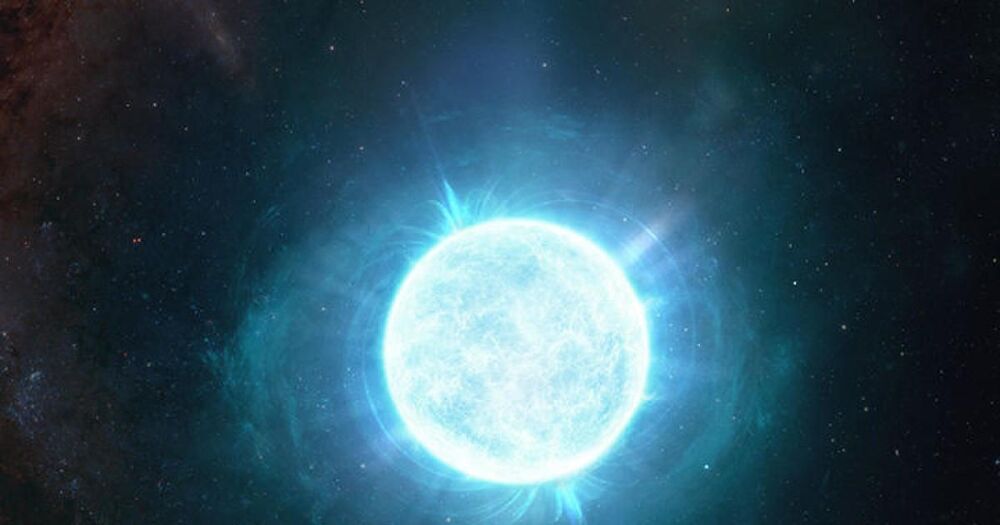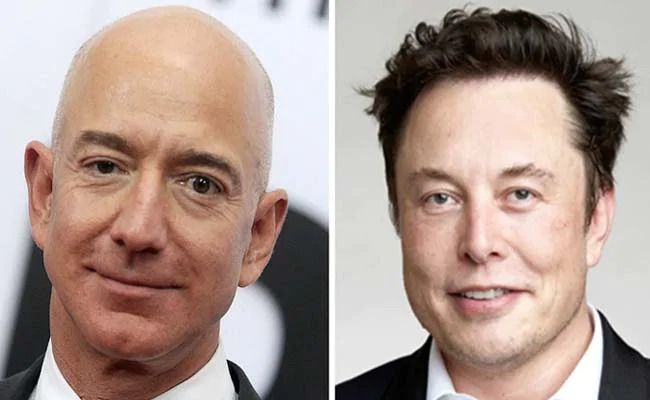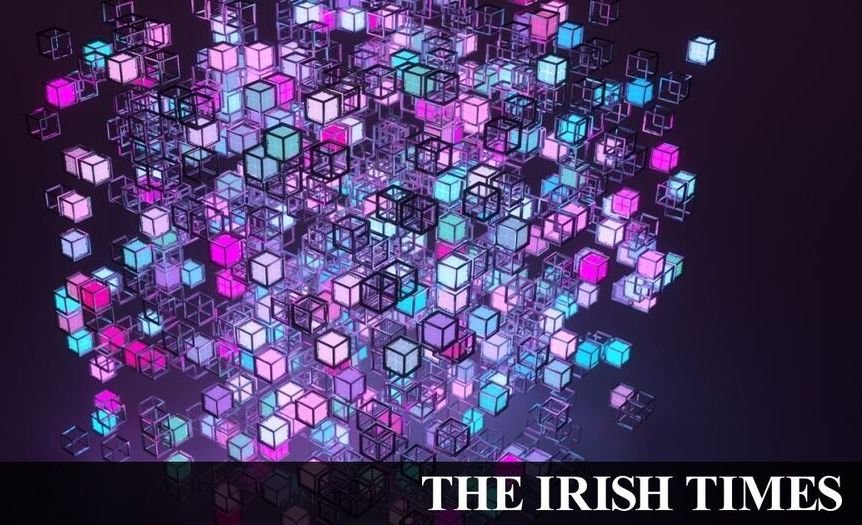Plus: SoftBank halts Pepper the robot production.
Researchers at ETH Zurich have succeeded in observing a crystal that consists only of electrons. Such Wigner crystals were already predicted almost ninety years ago but could only now be observed directly in a semiconductor material.
Crystals have fascinated people through the ages. Who hasn’t admired the complex patterns of a snowflake at some point, or the perfectly symmetrical surfaces of a rock crystal? The magic doesn’t stop even if one knows that all this results from a simple interplay of attraction and repulsion between atoms and electrons. A team of researchers led by Ataç Imamoğlu, professor at the Institute for Quantum Electronics at ETH Zurich, have now produced a very special crystal. Unlike normal crystals, it consists exclusively of electrons. In doing so, they have confirmed a theoretical prediction that was made almost ninety years ago and which has since been regarded as a kind of holy grail of condensed matter physics. Their results were recently published in the scientific journal Nature.
Our generation will certainly not be around by then, and it’s unclear what will happen to humanity as a species, but in about 4.5 billion years, our galaxy will not be anything like we know it, thanks to a mammoth galactic event that will see the Milky Way merging with nearby Andromeda.
On July 11, when billionaire entrepreneur Richard Branson, along with a crew, travels to the edge of space on a Virgin Galactic test flight, astronaut Sirisha Bandla will be taking care of theresearcher experience on the Unity22 mission.
Businesses around the world rushed Saturday to contain a ransomware attack that has paralyzed their computer networks, a situation complicated in the U.S. by offices lightly staffed at the start of the Fourth of July holiday weekend.
It’s not yet known how many organizations have been hit by demands that they pay a ransom in order to get their systems working again. But some cybersecurity researchers predict the attack targeting customers of software supplier Kaseya could be one of the broadest ransomware attacks on record.
It follows a scourge of headline-grabbing attacks over recent months that have been a source of diplomatic tension between U.S. President Joe Biden and Russian President Vladimir Putin over whether Russia has become a safe haven for cybercriminal gangs.
Researchers and entrepreneurs are starting to ponder how AI could create versions of people after their deaths—not only as static replicas but as evolving digital entities that may steer companies or influence world events.
Experts are exploring ways artificial intelligence might confer a kind of digital immortality, preserving the personalities of the departed in virtual form and then allowing them to evolve.
Astronomers have discovered the smallest yet most massive white dwarf star ever seen.
According to a new study published Thursday in the journal Nature, the “very special” star has a mass greater than that of our sun, all packed into a relatively small body, similar in size to our moon. It formed when two less massive white dwarf stars, which spent their lives as a pair orbiting around each other, collided and merged together.
At the end of their lives, the vast majority of stars become white dwarfs, which are essentially smoldering corpses, in addition to being one of the densest objects in the universe alongside black holes and neutron stars. In about 5 billion years, our sun will become a red giant before ultimately suffering the same fate.
Elon Musk and Jeff Bezos have been feuding publicly for years, but the Tesla chief recently came out in praise of the Amazon boss.
ISIS-Khorasan, the Islamic State branch in Afghanistan, could soon “reconstitute capability,” said the US State Department’s John T. Godfrey.
